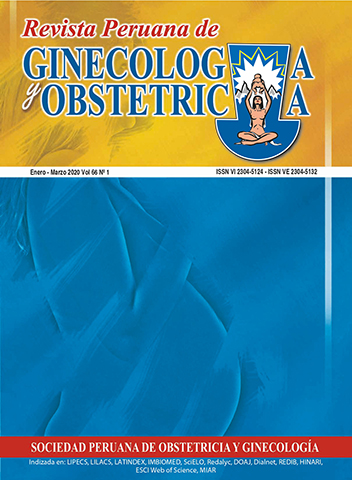Placenta accreta spectrum
DOI:
https://doi.org/10.31403/rpgo.v66i2232Abstract
Placenta accreta spectrum (PAS) is an abnormal placentation that causes unexpected severe postpartum hemorrhage and high morbidity and mortality. Treatment is surgical and hysterectomy has been the first option for decades; however, in the last few years, surgical alternatives try to avoid the severe complications of hysterectomy while preserving woman’s fertility. We performed a review of controlled, randomized and observational studies of PAS, with emphasis on therapeutic alternatives. PAS surgical management is a real challenge and merits multidisciplinary and preventive care. Emergency hysterectomy is still the first option in cases of severe hemorrhage and hemodynamic instability, but conservative management is a valid alternative at patient’s request, if she gives her informed consent and there is no hemodynamic compromise. The existence of multiple surgical and conservative alternatives in PAS management reflects the absence of an ideal and reliable technique, and requires critical judgment.Downloads
Download data is not yet available.
Downloads
Published
2020-02-03
How to Cite
Ramírez Cabrera, J. O., & Zapata Díaz, B. M. (2020). Placenta accreta spectrum. The Peruvian Journal of Gynecology and Obstetrics, 66(1), 49–55. https://doi.org/10.31403/rpgo.v66i2232
Issue
Section
Simposio - Hemorragias Obstétricas
















